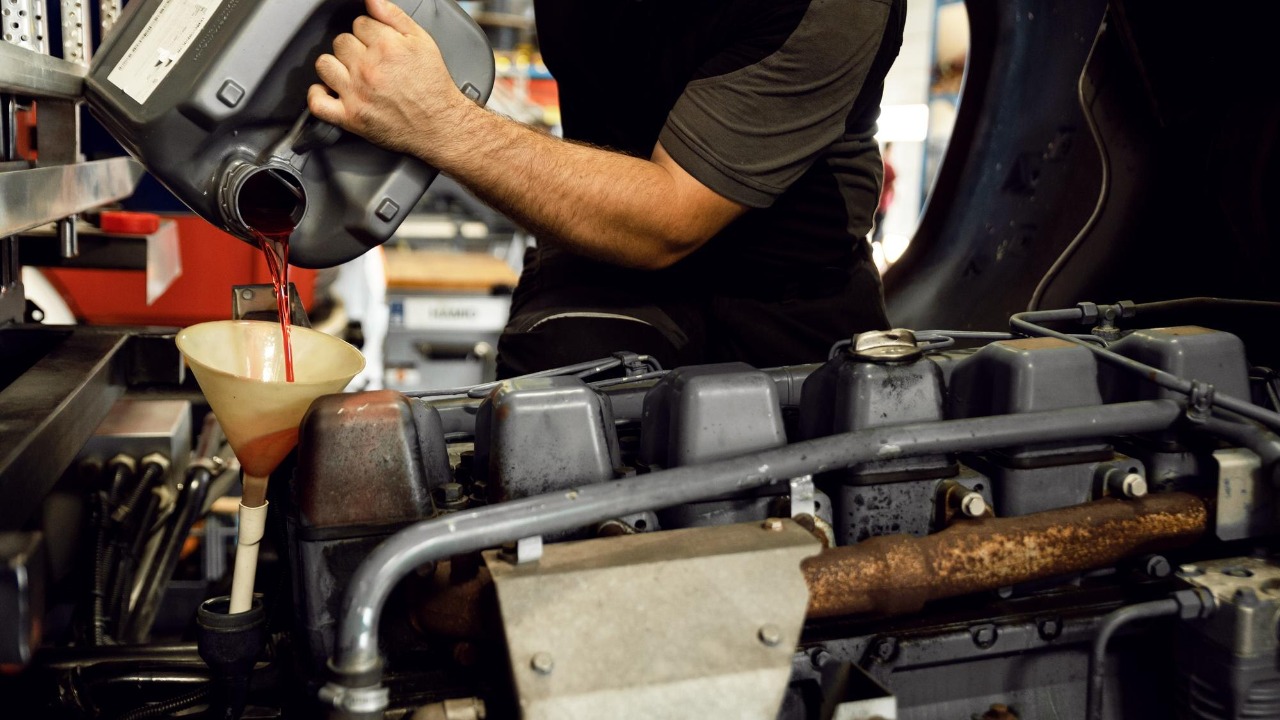
For many years, the 3,000-mile oil change rule has been a guiding principle for vehicle owners. However, a closer look reveals that this rule, born in a time of less advanced engines and oils, is not only outdated but also potentially harmful to both your vehicle and the environment. It’s time to debunk the myth and understand why adhering to this rule could be shortening your engine’s lifespan rather than extending it.
The Historical Roots of the Myth
The 3,000-mile oil change rule emerged in the mid-20th century, a time when engine designs and oil quality were far from today’s standards. Early automotive service manuals set conservative standards, advising frequent oil changes to prevent rapid wear and tear. However, the rule was further perpetuated by quick-lube chains, which prioritized profit over engineering data, thus reinforcing the myth.
Interestingly, the 1980s saw a significant shift in oil formulations that extended oil change intervals. Despite this, the old 3,000-mile benchmark persisted, largely due to ingrained habits and marketing strategies.
Advances in Oil Technology
Fast forward to the present day, and we see a stark contrast in oil technology. Synthetic oils, capable of lasting 10,000 miles or more under normal conditions, have replaced the conventional oils that justified shorter changes historically. Multi-grade oils with superior additives resist breakdown even at high temperatures, with lab tests showing minimal degradation beyond 5,000 miles.
Furthermore, the American Petroleum Institute (API) now mandates oils for extended use in most vehicles, a testament to the advancements in oil technology. This is a far cry from the days when the 3,000-mile oil change rule was considered the norm.
Manufacturer Recommendations vs. The Rule
Major automakers like Toyota and Ford have moved away from the 3,000-mile rule, specifying oil change intervals of 7,500 to 10,000 miles based on onboard diagnostics and driving patterns. These guidelines take into account vehicle-specific factors like fuel injection efficiency that reduce oil contamination, factors that the 3,000-mile rule completely ignores.
Following the outdated rule instead of the manufacturer’s guidelines can even void your warranty. Service bulletins have highlighted instances where warranties were voided due to adherence to the 3,000-mile myth.
Environmental and Cost Implications
The environmental and financial implications of unnecessary oil changes are staggering. Millions of gallons of oil are discarded annually in the U.S. due to adherence to the outdated rule. This not only leads to a significant waste of resources but also contributes to soil and water contamination due to improper disposal of used oil.
From a financial perspective, switching to the recommended intervals can result in substantial savings. When you factor in the cost of oil, filters, and labor at typical rates, the savings can add up quickly.
Real-World Testing and Evidence
Independent studies, such as those conducted by the American Automobile Association, have shown no performance difference between 3,000- and 7,500-mile oil changes in controlled fleets. Oil analysis services that monitor contaminants via samples have also proven that engines remain healthy well past the traditional 3,000-mile threshold.
There are numerous case studies of high-mileage vehicles maintained on extended schedules without issues. These are backed by mechanic testimonials, further debunking the 3,000-mile myth.
Common Misconceptions Debunked
It’s important to note that severe driving conditions, such as towing or driving on dusty roads, may warrant shorter oil change intervals. However, this doesn’t mean that the interval should be universally reduced to 3,000 miles. The idea that frequent changes “can’t hurt” is also flawed. Over-flushing can remove beneficial deposits and lead to increased filter clogs.
DIY myths propagated online often contrast with professional diagnostics. For instance, oil life monitors in newer cars provide a more accurate assessment of when an oil change is needed compared to arbitrary rules.
Moving Forward: Smarter Maintenance Practices
As we move towards a more data-driven approach to vehicle maintenance, it’s crucial to rely on accurate information. Start by checking your owner’s manual and using apps or sensors for personalized oil life tracking. Consulting certified mechanics over chain shops pushing the old rule can also help ensure your vehicle gets the care it needs.
The 3,000-mile oil change rule is a relic of the past. By understanding the advancements in oil technology and following manufacturer recommendations, we can ensure better performance for our vehicles, save money, and reduce our environmental impact.
More from MorningOverview